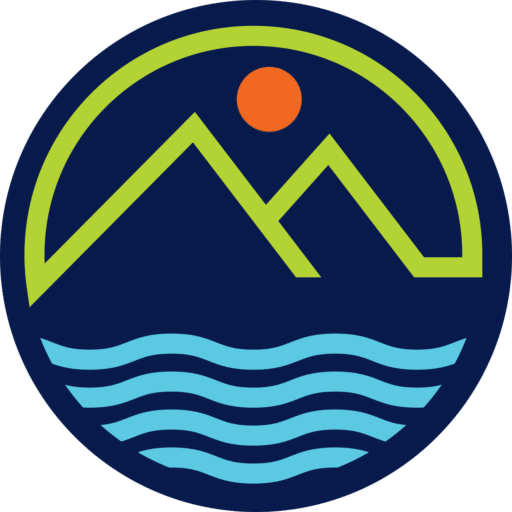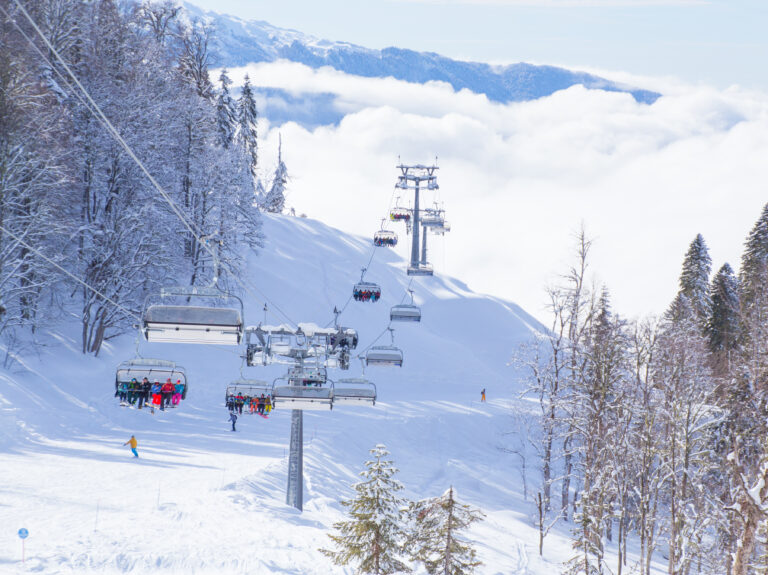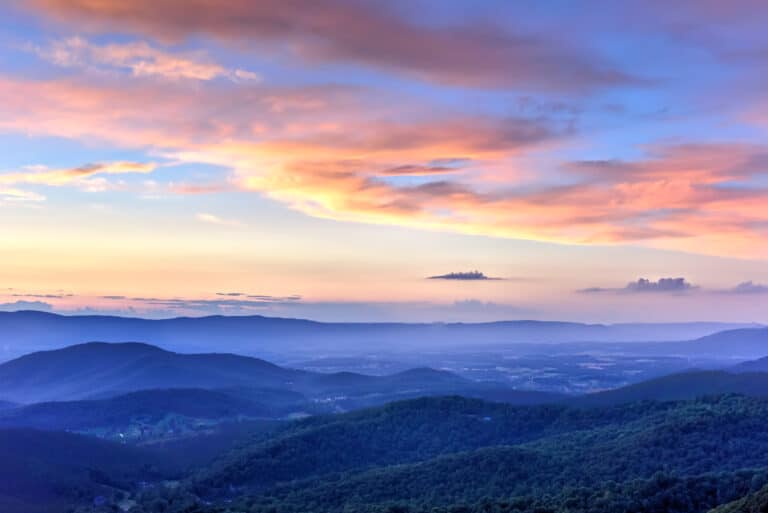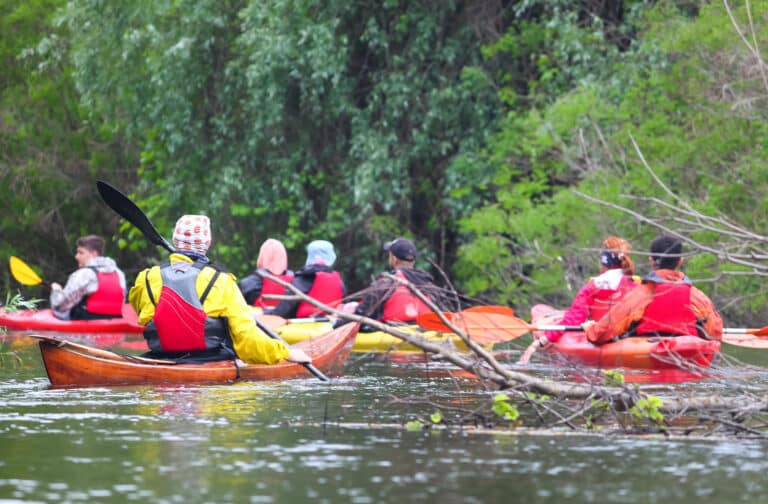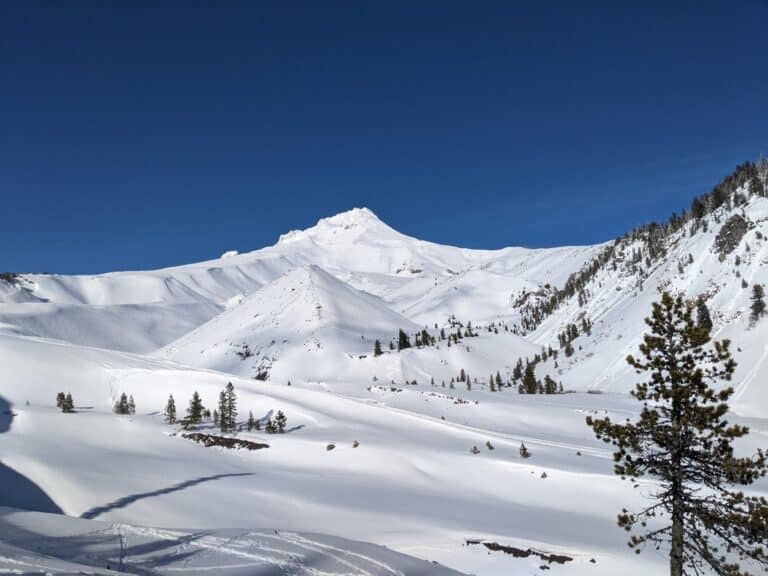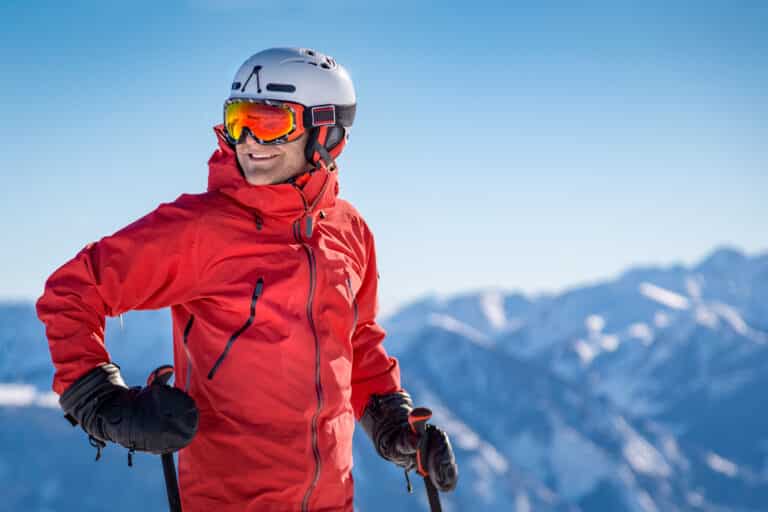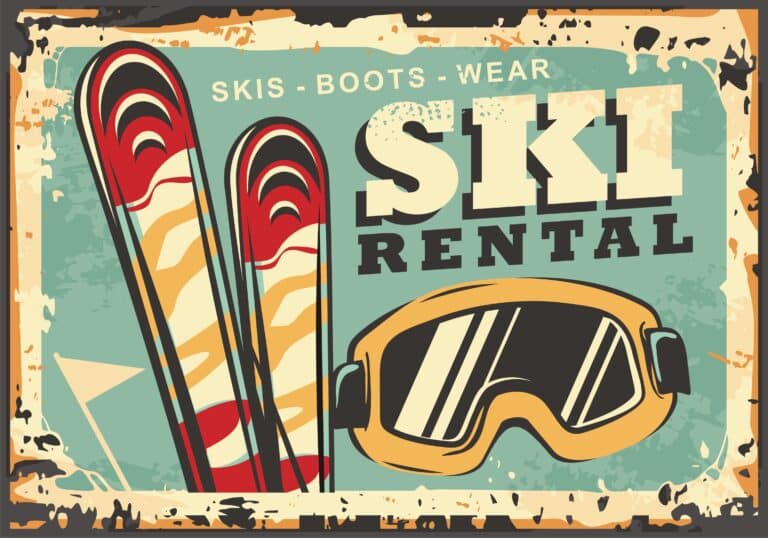Colchuck Lake | An Epic Backpacking Adventure
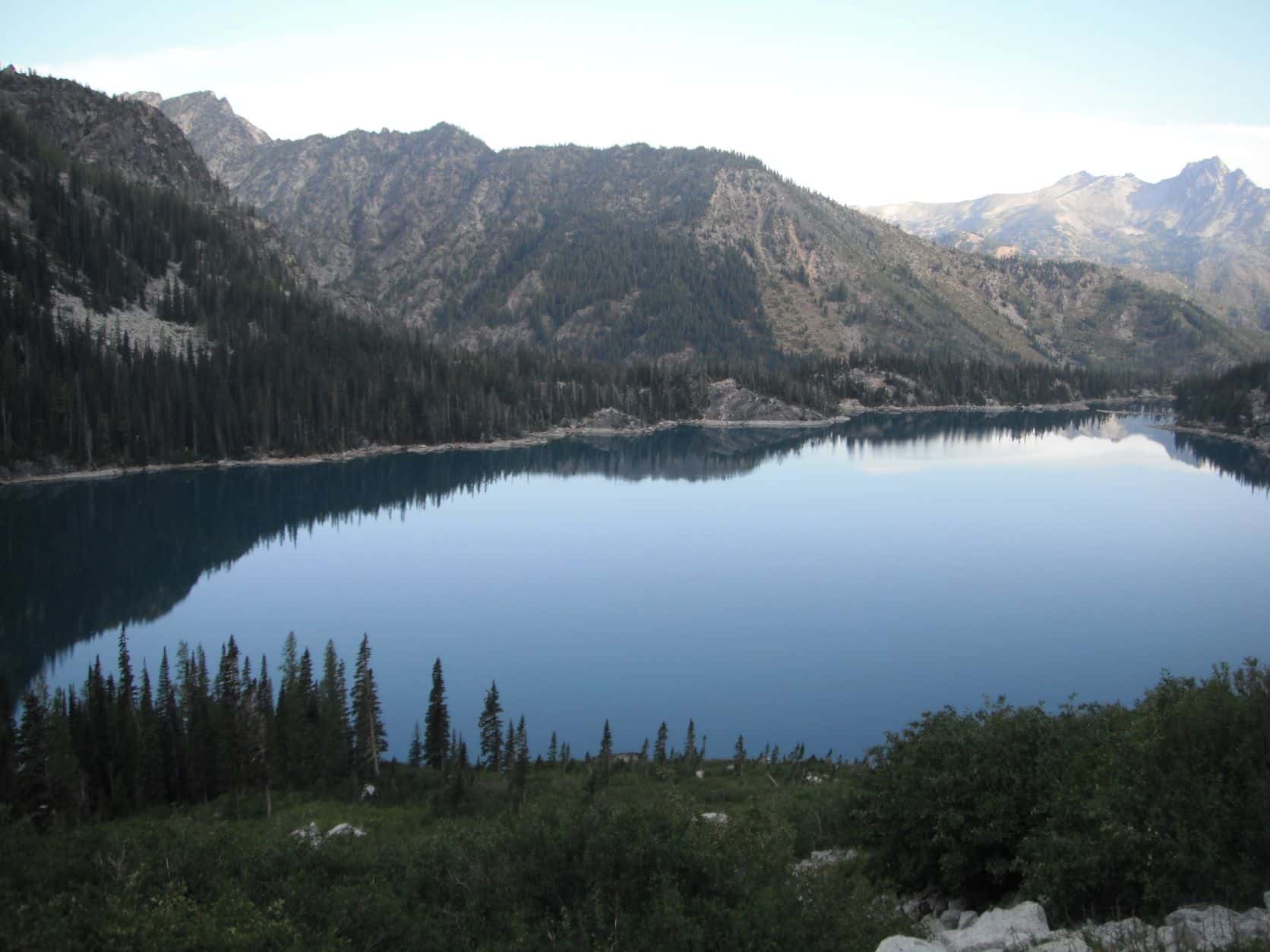

Colchuck Lake is one of those picturesque lakes of the Pacific Northwest that everyone wants to see, but only a few ever do. This lake is in The Enchantments, a magical place in the Okanagon-Wenatchee National Forest in Washington State.
From May 15th through October 31st, the Enchantments works on a lottery system. Starting February 15th, one can submit up to three choices for any of the five zones; the lottery ends March 1st.
Then, on March 17th, you will be notified by email if you were successful. An overnight permit is required for multi-day excursions, but day hiking is still allowed with a self-issued day permit.
This wilderness permit allows you and seven other hikers to backpack in any one of the zones in which you were lucky enough to be awarded an almighty permit. As a permit holder, you can declare an alternate leader. It’s a good idea if something were to happen to you, then the others could still make the trip.
I think the best time to hike is late August for several reasons. First, bugs! Mosquitoes and horse flies are the worst and can annoy an awesome trip.
It seems these little buggers evolve every year. A deterrent that works one year may not the next. Anyway, I’m not a fan of bugs. Second, most of the snow will have melted in the lower areas by now.
There will still be snow up in the higher elevations if you choose to hike some of the peaks and maybe a few small ice fields through the valley in the Core zone, but it is typically minimal. As stated earlier, five zones in the Enchantments require a permit.
The Core (the most sought after), Colchuck Lake, Snow Lakes, Stuart Lake, and Eightmile/Caroline zone.
Colchuck Lake

Colchuck Lake Trailhead is around 12 miles from Icicle Creek Road and Hwy 2 in Leavenworth. The first part of the drive is paved, but once you get to the forest service road, it is gravel and steeped in sections.
Four-wheel drive is not needed, as we’ve seen Prius’s parked up there. Once you get to the parking lot, and hopefully it is not so busy you have to park down along the road, you’ll see signs for designated spots for overnight permit holders.
With your permit, two parking passes will be displayed in your front window. In our experience, though, day hikers park anywhere and do not read the signs. Typically, on the weekends, Park Rangers will be up there helping direct folks, checking permits, and answering any questions you may have.
Note: there is also a bathroom up here, but it gets pretty nasty. You have been warned. If you are doing a day hike, park in a proper spot and remember your Northwest Forest Pass.
This is the last chance to check all your gear, ensuring you have everything. Turning around and heading back to your car a distance down the trail is never fun. Once you leave the trailhead behind, it is a fairly mellow hike through the forest while birds are chirping, the river is rumbling, and the sounds of trekking poles striking the ground.
This is a very peaceful section of the trail. It is well-established and wide, allowing you to just meander along with your thoughts.
Unless you are one of those chatty people, then you are probably missing out on what nature around here has to offer. And that is Solice.
In the first mile of the dense forest, you are basically following Mountaineer Creek up the ravine, crossing over it once on a log bridge. At this point, the feet of elevation gain increases quickly, but you’re not there yet.
You come upon a fork in the trail not too far past the river crossing. Up until now, you have been hiking along the Colchuck Lake and the Stuart Lake trail, but at this fork, Stuart Lake keeps going straight. Colchuck and Stuart Lake Trailhead are one and the same.
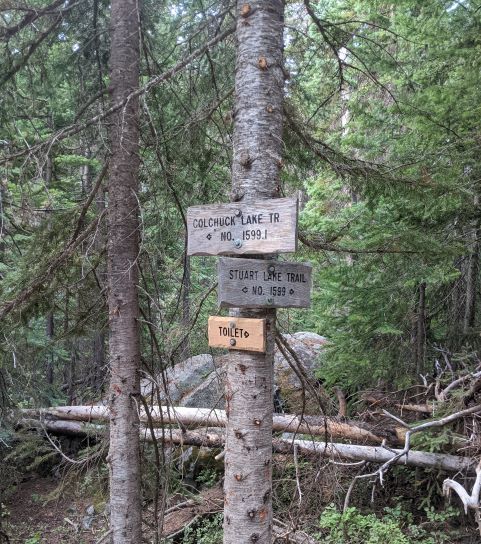
We will be taking the left fork up to Colchuck. At this point, we are 2.1 miles in. Also, if you’ve never done this hike before, you get your first chance to use a backcountry toilet, an unforgettable experience for most.
This one is not that spectacular because there is no wonderful view to enjoy. Some of the others, though, are in spots that will delight you with awe-inspiring scenery.
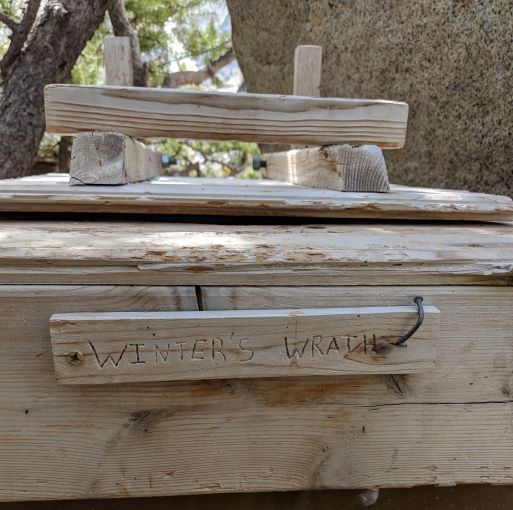
It’ll be a steady climb from here up to the lake, except for where you will cross back over Mountaineer Creek, which will happen two more times. However, only the first and second crossings utilize a substantial log bridge. After the second crossing, it is a great spot to stop, take a break, and refill/filter water.

You’ll have easy access to the creek after crossing the bridge and heading up the trail for a short distance. The water is nice and cold here, making for a revitalizing water break. One thing to note here: the earlier start you get, the better parking, cooler hiking temps, and a better chance at getting the best camping spot at the lake.
After the fork in the trail, the climb seems never-ending. There are a lot of switchbacks, some short, some large, and some that seem to go on forever, but the end is near, I promise. Once you crest the top, another toilet box is available if needed.
And just a few more corners in the trail, and you get your first view of Colchuck Lake, the tranquil blue waters of Colchuck Lake. It is a sight you will never forget.
This is where you feel the rush of your accomplishment, and a renewed sense of adventure kicks in. Now, at 3.7 miles in, you can start looking for a campsite. There happen to be several spots to choose from. Some are near the lake with nice views, and some are tucked back and protected.
We like the sites with a view, but it sometimes comes at a cost. If the winds are expected to be higher, the open spots will make for a noisy night, or just consider it white noise and enjoy your slumber.
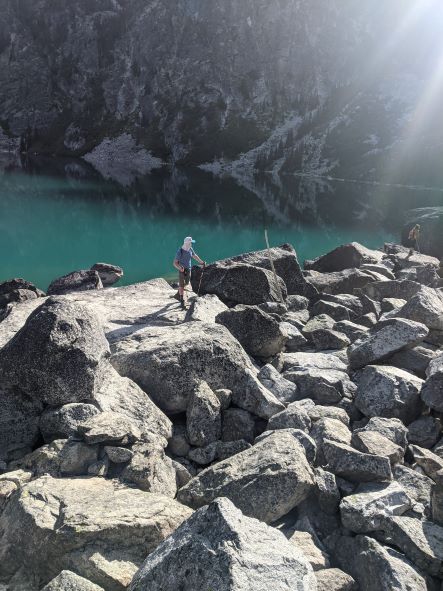
If you choose to pick a spot on the lake’s southern end, it is about a one-mile hike further, but it is worth it! It is a fairly easy hike to the far end of the lake, but you will have a large boulder field obstacle course to manage; follow the navigation cairns to get through.
The lake’s southern end is a great place to camp if you plan on doing day hikes up into the Core Zone, as you are basically at the base of Aasgard Pass.
Aasgard Pass is a brutal climb, only about a mile in length but in excess of 2,200′ in total elevation gain. This pass sits between Dragontail Peak and Enchantment Peaks. Aasgard Pass is technically named Colchuck Pass, but I’m unaware of anyone who uses that name.
Core Enchantments Day Hiking
I highly recommend adventuring into the Upper Enchantments. You will be blessed with views of several mountain peaks, many alpine lakes (alpine lakes wilderness), and stunning alpine meadows.
As long as you have an overnight camping permit, you can hike in any of the other zones as a day hiker, but you can only camp in an established campsite within the zone you were awarded in the permit lottery.
We plan for an early start when we decide to make a day trip to check out the Enchantment lakes. The reason is that this first section of the hike is a strenuous hike. It is a steep, rocky terrain with loose gravel, sandy trails, and some very large boulders to contend with.
Enchantment Peaks will block the sun for you if you leave early enough, so that is one less thing to worry about.
Tip: turn around often and admire the view of the lake and surrounding peaks in the distance behind you. In the final push, you will be challenged with even steeper terrain that can be unforgiving, but stay hydrated to keep your wits about you.

Finally, now that we are at the top of the Aasgard pass, we get a glimpse (or if this is your first time, you’ll get a glimpse) of the Core Enchantment Zone, the one zone that everyone tries to get. For good reasons, this zone is sought after.
You have access to many trails from up there with unbeatable views, and with a Core permit, you can camp in any zone you want. You are not only limited to the Core zone.
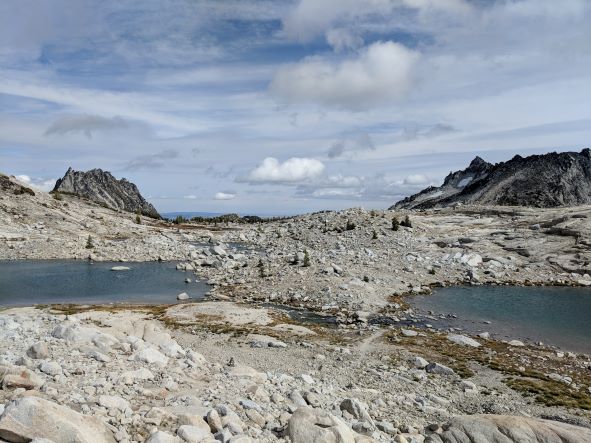
In our day hikes into the Core, we typically only go as far as Perfection Lake. This allows us to take our time wandering the many trails up here and taking time to pick the perfect spot for lunch and maybe a swim.
Note: this is glacial water up here; it is cold and does wonders for your soul. A good challenging hike to complete during one of these day hikes is Little Annapurna, about a 2-mile roundtrip hike of the Snow Lakes Trail.
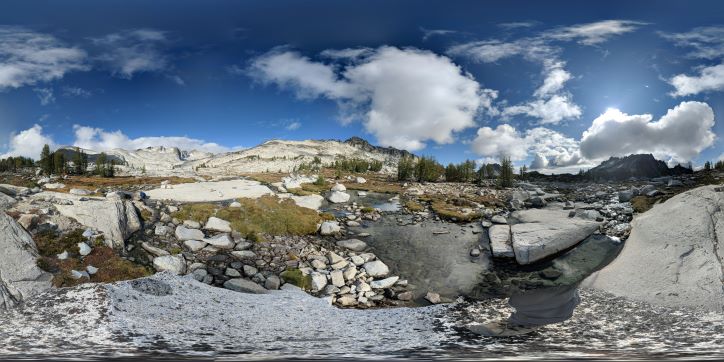
Other great sights worthy of your photos up here are Colchuck Peak, Prusik Peak, The Temple, Isolation Lake (a good swimming lake), Inspiration Lake, and a big drop down into Crystal Lake. But do not wear down your legs too much up here.
We all know the old adage, what goes up, must come down… Returning to base camp means we have the pleasure of climbing back down Aasgard Pass, which is just as brutal, if not more so, than hiking up it.
If you chose to hike into Colchuck Lake and just wanted to hang out here, that is okay, too. You can take shorter, easier hikes around the lake, taking in the scenery. But if this is going to be your choice, I recommend packing some sort of floatation device; yes, the water is cold, but that is only a problem if you fall in.
Also, depending on the weather, it may be a very welcomed temperature to cool down in easily. We’ve seen some folks even pack in an inflatable kayak.
Now, camping down here at the lake and any other zones for that matter, there is a good chance you will encounter wild animals. Most notably, mountain goats. While most of the time with these creatures, they have been uninterested in us, usually just curious.
However, on one occasion, we were clearly in this guy’s territory near Leprechaun Lake, and we needed to maneuver to get away from him.
There can be black bears, but they are typically in the lower elevations of the zones. We have never heard of them up in the Core, though. But, in any case, if you are doing overnight stays, use a bear bag and hoist it up in the air well away from your campsite.
For restroom breaks around your campsite, follow the leave-no-trace rules (read about them here) and go at least 200 feet away from any water source. And check your surroundings. Mountain goats are attracted to the salt in urine.

The day comes 5-days later, and it is time to leave this wonderland behind for another year. When packing up, leave your campsite in better condition than you found. And hopefully, those before you did the same.
For the most part, the hike out is uneventful, and everyone is chatting about things they did, animals they saw, and areas they’d like to explore next time. This also helps pass the time as you trudge down the hill.
You cross over the first log bridge, then the second, all the while passing folks who either have a day pass or are doing their own multi-day hikes. Either way, you wish them well and offer tips on the abovementioned conditions.
When you have approached the last mile to the parking area, your legs get a renewed sense of life, and you are looking forward to whatever post-hike treat you have set aside for yourself. Ours is typically sparkling water; it might be a little boring, but it is refreshing all the same.
Our next ritual, which I’m sure we are not alone on this one, is to meet back in town at the Leavenworth Sausage Garten. Here, we order different sausages, top them with all different types of sauces and fixings, enjoy a fresh Bavarian Pretzel, and, for some, a very large stein of beer.
We eat, reminisce, and all become weary-eyed, longing for a shower. Whatever your thing is, use the time to reflect on your accomplishments from that past couple, few, or even several days up in the Enchantments.
It is truly a magical place, dreamed about by many and experienced by only a few.
Final Thoughts
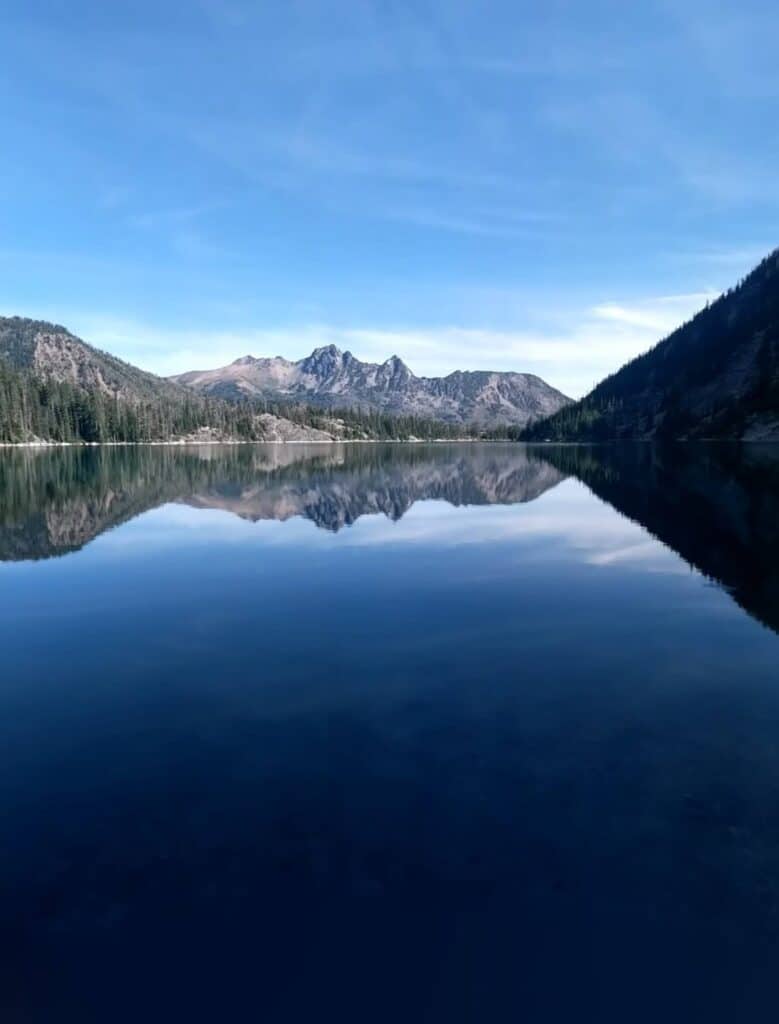
The Enchantments is a backpacking adventure you will never forget, and we can only hope it is for good reasons. This is the backcountry, the wilderness, and it comes with its own inherent dangers.
People have lost their lives up there. Most of these hikes are considered hard, some strenuous, and should not be taken lightly. Be prepared. Read recent trip reports. Check-in at the Ranger Station for any updates. Pack a well-equipped first aid kit, and stay on top of weather conditions. Most importantly, hike with a buddy!
Other Reads
Best Backpacking Backpacks In 2023
Essential Guide to First Aid Kits
